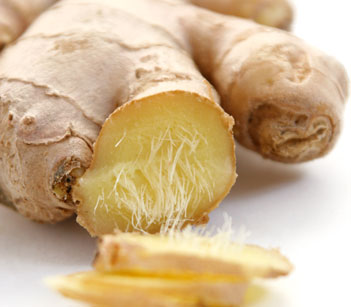 I discovered how fantastic salt can really be –and how vital to flavor– when I first sprinkled coarse grey salt on a hubbard squash from my local Greensgrow Farm. Combined with a little rosemary, olive oil, and garlic, and roasted to perfection, I felt I had come across one of the most delicious foods *ever*, but the key to this roasted bliss was the salt! An absolutely critical ingredient, it shattered my previous snobbery about not “needing” salt to achieve flavor in favor of herbs and spices. Now, I wisely combine wonderful salts with herbs to great ends.
I discovered how fantastic salt can really be –and how vital to flavor– when I first sprinkled coarse grey salt on a hubbard squash from my local Greensgrow Farm. Combined with a little rosemary, olive oil, and garlic, and roasted to perfection, I felt I had come across one of the most delicious foods *ever*, but the key to this roasted bliss was the salt! An absolutely critical ingredient, it shattered my previous snobbery about not “needing” salt to achieve flavor in favor of herbs and spices. Now, I wisely combine wonderful salts with herbs to great ends.

Fleur de Sel caramels by The Caramel Jar: http://www.etsy.com/shop/TheCaramelJar
Usually thought of as a savory addition, salts are often fabulous additions to sweet foods as well. Artisan-made caramels sprinkled with Fleur de Sel (the “caviar of salts”) abound, and with good reason, because they are absolute heaven on earth. In fact, just in writing this, I remembered some dark chocolate caramels I had recently received and quickly paired them with some Celtic grey salt for a special treat. Yum! But specialty salts are increasingly found used in baking recipes such as this rhubarb upside-down cake.
Fortunately, Herb Companion recently published a wonderful article on “Perfect Pairings: Marrying Herbs and Salts” that doesn’t need to be re-written by me! Not only does author Tabitha Alterman outline every kind of salt you may come across, but she tells you the herbs that make the best pairings for complex herb-salt blends. Creating a seasoning like this will not only ultimately reduce your total sodium intake by increasing flavor with herbs, but the taste of better quality salts will also encourage the use of less total salt. Herb Companion helpfully lists resources for such special finds as Hickory smoked salt and gourmet salt blocks. During a recent visit to Boulder, Colorado, I fortuitously came across Savory Spice Shop and found myriad herb-spice blends (as well as plenty of salt-free butcher’s rubs, etc), sold to my by the nicest sales person on the planet. One blend I am really excited about is their County Clare Seasoning Salt, which brings happy thoughts of my favorite Irish county, and lots of exciting possibilities for future culinary creations.



 Posted by lilithsapothecary
Posted by lilithsapothecary 



